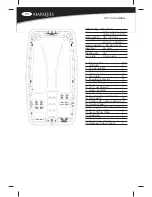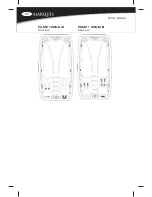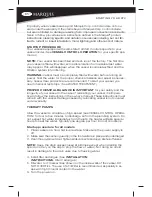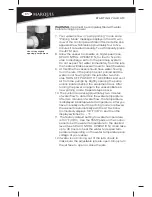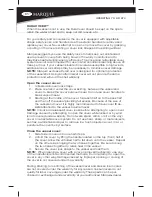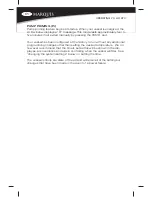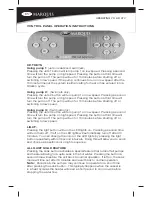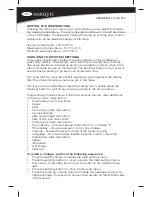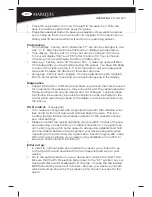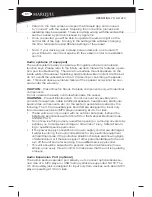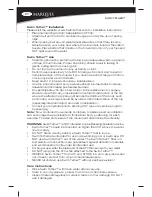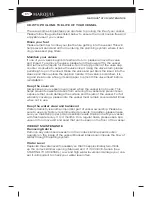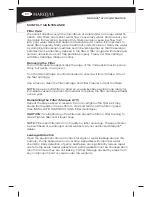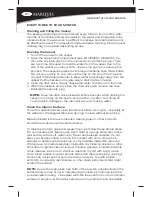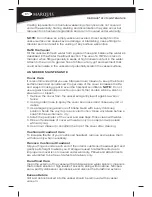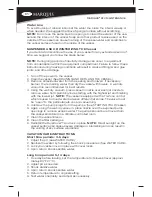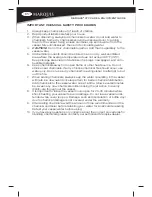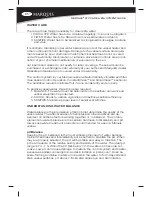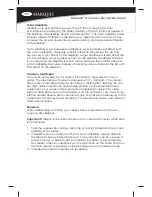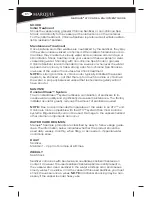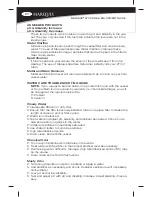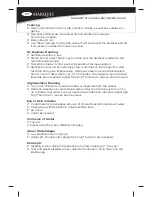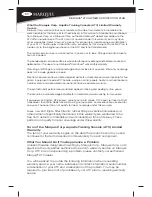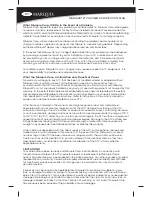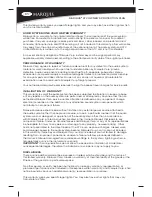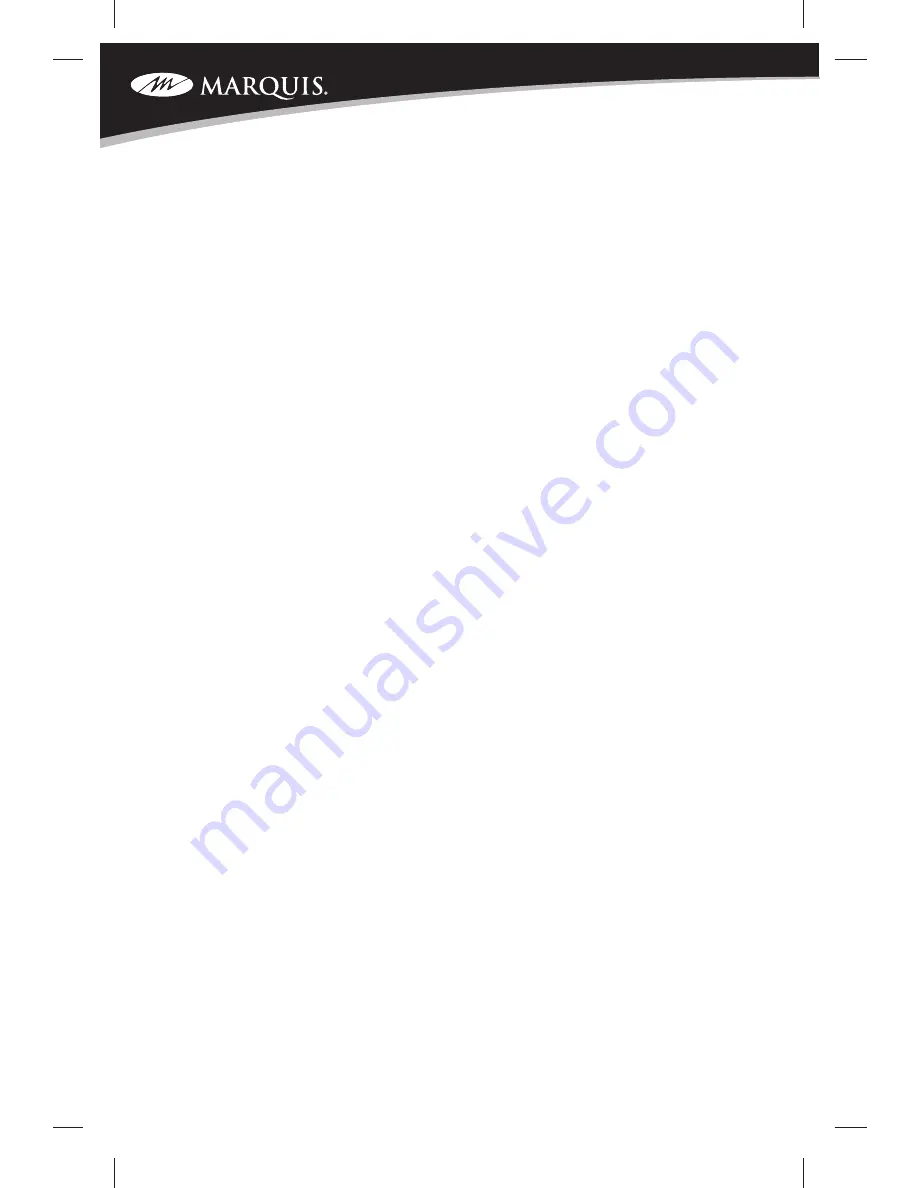
every tHree to four MontHs
Draining and filling the vessel
The average vessel needs to be drained every three to four months. After
months of continually adding chemicals to the water and introducing body
oils and lotions, the water can be difficult to manage and chemicals are not
as effective as usual. You may also notice excessive foaming. More frequent
draining may be required depending on use.
Draining the vessel
1. Turn off the power to the vessel.
2. Open the equipment compartment (see EQUIPMENT DIAGRAM). Re-
move the hose bib cap from the connection and attach a hose. There
are two hose bibs used to drain the water from the vessel. Due to the
size of the vessel, you may want to use a sump pump to speed up the
process. The vessel is equipped with a large discharge hose that will drain
the unit very quickly. To use, remove the cap on the end of the hose and
connect the included extender to allow water to discharge away from the
vessel. Pull the handle on the gate vale to start the flow of water.
3. Open the drain valve. Gravity causes the water to drain out of the hose.
4. When the vessel is empty, close the drain valve and remove the hose.
Reinstall the hose bib plug.
NOTE:
Keep the drain valve closed at all times except when draining the
vessel (do not rely on the cap to stop the flow of water). Not doing so
could result in damage to the drain valve due to freezing water.
Clean the interior surface
Once the vessel is drained, clean the interior surface thoroughly – especially at
the water line. We suggest the
Glove Sponge
to clean without scratching.
Bleach (diluted) is the recommended cleaning agent – other products
should be avoided except as stated below.
To maintain the high gloss and elegant look, just follow these simple steps:
For normal care and cleaning use a soft cloth or sponge and water. Rinse
well and dry with a soft, clean cloth. Never use abrasive cleaners. Do not
allow your acrylic surface to come into contact with products such as
ketones or esters such as acetone or ethyl acetate (nail polish remover),
Wintergreen oil (methyl salicylate), nail polish, dry cleaning solution or other
chlorinated organic solvents, lacquer thinners, gasoline, aromatic solvents,
citrus cleaners, pine oil, etc. Remove dust and dry dirt with a soft, damp
cloth. Clean grease, oil, paint and ink stains with diluted isopropyl (rubbing)
alcohol (do not let alcohol pool or remain on acrylic). Dry with a clean,
soft cloth. Avoid using razor blades or other sharp instruments that might
scratch the surface.
note:
Due to the high-gloss, fine finish of the acrylics, imperfections in the
surface texture may occur. A natural aging process in acrylic can lead to a
process called crazing. Fine spider web-like lines can form on the cosmetic
surface of acrylic over time after exposure to the elements and chemicals.
MARQUIS
®
ATV MAInTenAnce

